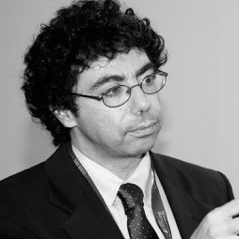Just think of localized and distributed generation of electricity. Such is the case of a family installing a photovoltaic system on the roof of its house, thus becoming a power prosumer, i.e. it produces the electricity it uses. Let’s now apply the same concept to a wine or oil producer, taking into consideration waste in the production chain. If the company in question were able to reuse it to generate new products, it would become a prosumer of its own very waste, thus closing the production cycle in a sustainable way.
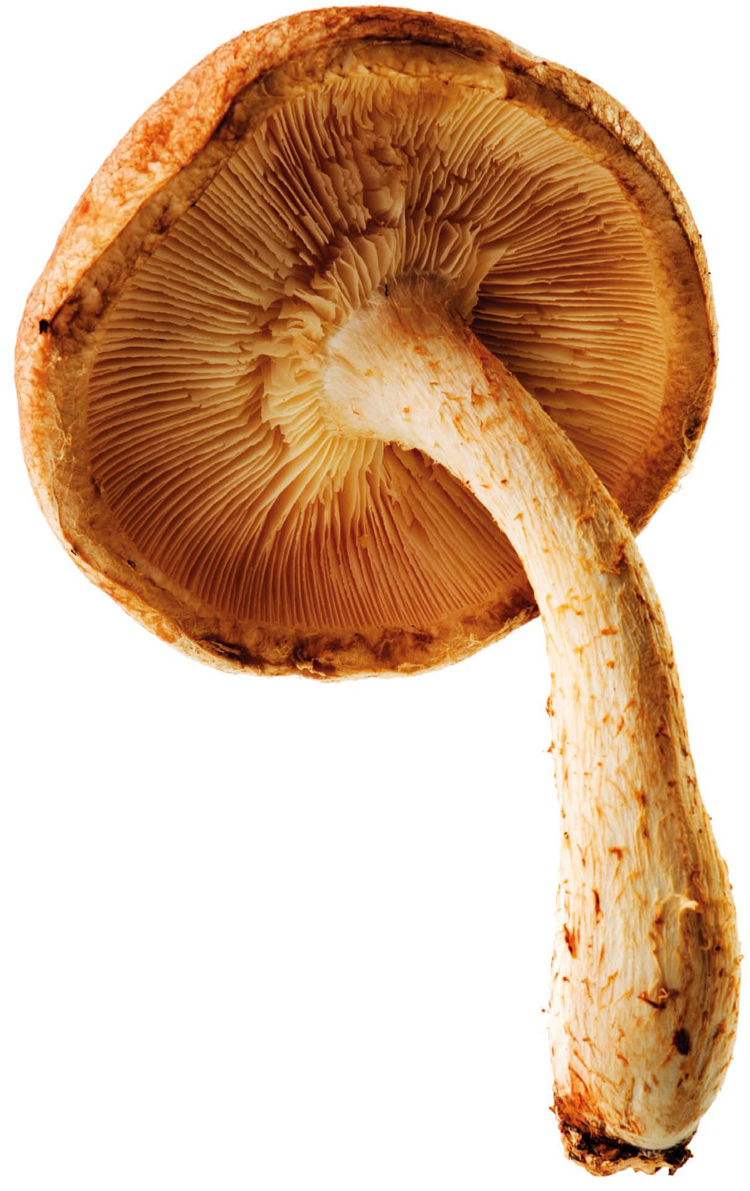
This is the business model Mycoplast is working on. Mycoplast is a start-up created last February after over a year of scouting new market analyses and technologies by two Italian entrepreneurs who had already engaged in the bioeconomy, Federico Grati and Stefano Babbini. Mycoplast’s objective is to develop a production process for biodegradable bioplastics which can be adopted even by single agribusinesses and therefore on a small and very small scale. “I have dealt with the bioeconomy for a few years now, first as a start-upper with Agroils and Treedom and today with Mossi Ghisolfi” explains Federico Grati “and having had a closer look at this issue, I realized that this sector has huge potential. My source of inspiration was The Blue Economy: 10 years – 100 innovations – 100 million jobs, a book by Gunter Pauli. One of the 100 cases is about the development of food protein from spent coffee grounds thanks to the action of shiitake mushrooms.
Following some research, we got in touch with Italian designer Maurizio Montalti, who has been working in the Netherlands for over five years at his Officina Corpuscoli producing raw materials for environmentally-friendly bio-packaging products.”
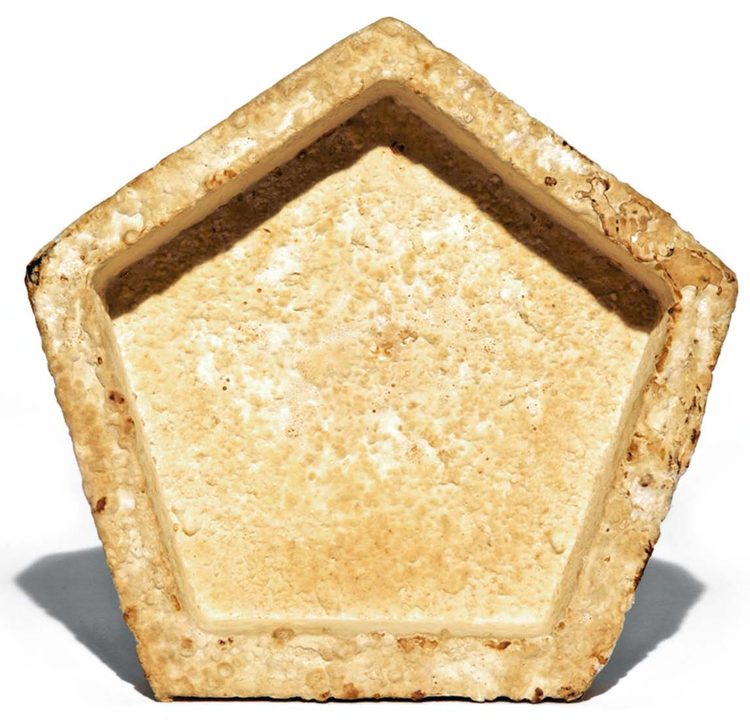
Montalti grows fungal roots – the so-called mycelia – on agricultural waste. Mycelia are mainly made of chitin, a natural biopolymer (like cellulose) which is also found in human nails, crab claws and shrimp shells. But the true inventors of this growth technology are the researchers of the Department of Microbiology at Utrecht University, in particular director Han Wösten with whom Maurizio Montalti and the Mycoplast’s team collaborate. “They are our scientific partners, our point of reference. In Italy a new horizon for startups is opening up, with positive results. We were also awarded a prize from Global Social Venture Competition by Altis, with a special mention for the circular economy. We are also in touch with the Italian research panorama, in particular with the University of Pisa and the Polytechnics of Milan and Turin.”
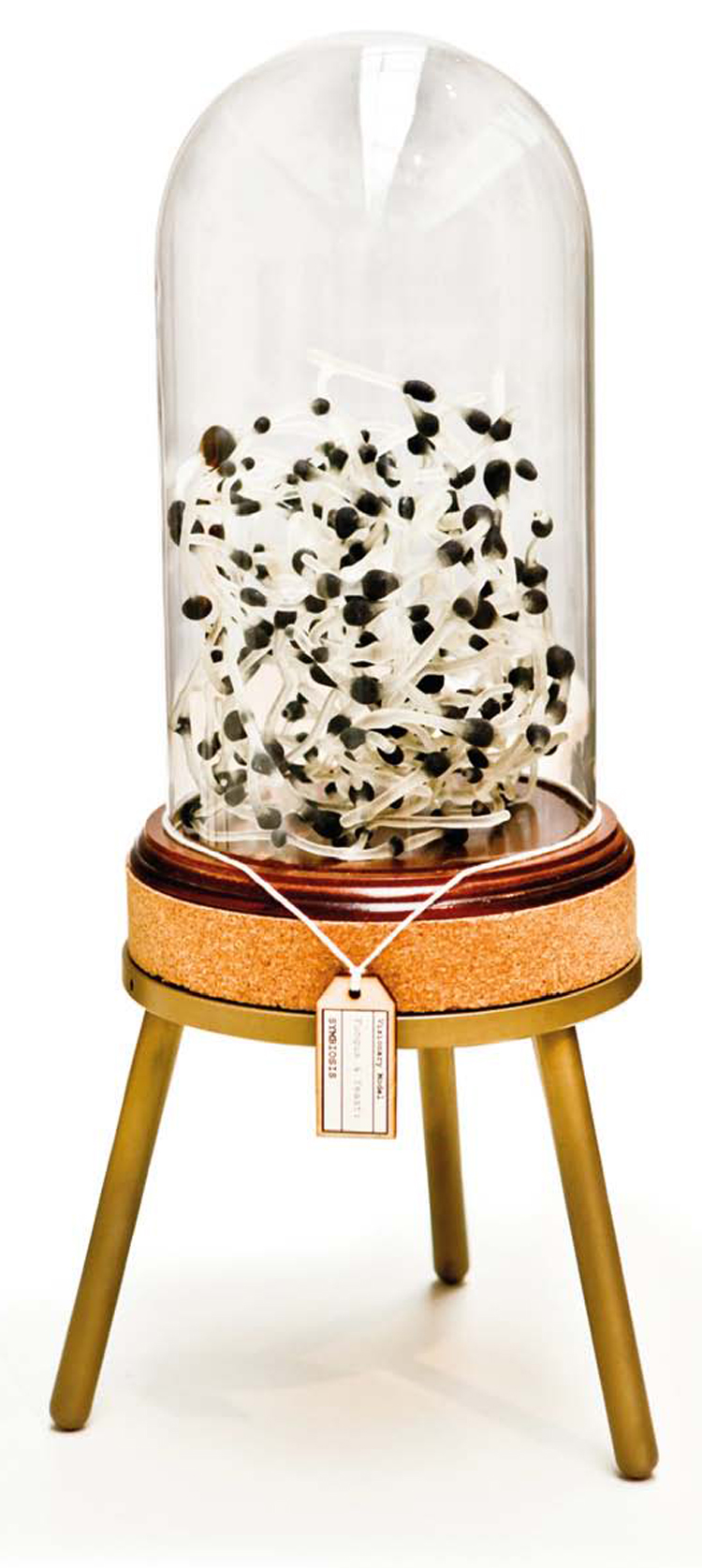 A Comparison with Conventional Plastic
A Comparison with Conventional Plastic
Many mushroom families could be used for the development of this new bioprocess which not only is completely natural but is has also the advantage of not requiring a great amount of energy: mushroom growth takes place at room temperature and pressure. In order to grow, mushrooms feed on complex sugars, such as cellulose from wood and food-and-agriculture waste and they need a humid environment with a temperature between 20 and 25 °C. They do not require a lot of sunlight, in fact they thrive in the dark. So, the location does not pose any particular problems for production. Bearing in mind the concept of the circular economy, Mycoplast is focussing on the food and agriculture industry’s by-products and waste such as straws, sawdust, tomato skins, spent coffee grounds etc. It is not easy to compare the performance of the bioplastics that will be made my Mycoplast with that of traditional ones because the polymer composition is different. But the production methods can indeed be compared. Mycoplast’s impact is definitely lower, as mentioned above. The other side of the coin is that, unlike conventional plastic, it requires more time and space. A hypothetical commercial production plant should have a total surface of between 3,000 to 5,000 sqm (here we are not talking about the production of small agribusiness) and in order for the mushrooms to colonize a single straw bag it takes them at least a week. “We are faced with two technological challenges” explains Federico Grati. “First, we need to be able to engineer the process while maintaining production costs sustainable. In other words, we demonstrated that producing bioplastics from a straw bag is easy, but now we need to work on a commercial scale. And the following challenge is the most captivating: besides producing green packaging, we would like to develop pure chitins (the polymers themselves) to use in medical applications, such as for making suture threads or for cosmetics. Just to put things in perspective, a kilo of bioplastics for packaging costs about €1, while a kilo of nanochitins with a sufficient degree of purity for cosmetics typically costs around €600. So they are products with an extremely high added value and a high level of technology. But to overcome this second challenge we would need the help of a leading industrial player in the field.”
Mycoplast’s Product Lines
To date, Mycoplast has been working on developing three product lines.
- Mogu Box. It is a green packaging line which will replace polystyrene in fragile items packaging, such as DVD readers, computers, flat-packed furniture etc.
- Mogu Home. It is the line of insulating panels and bio-bricks. Their greatest advantage is that they are fire resistant. Once the mushroom has colonised the cellulose, it is extremely unlikely that it will ignite because the material has the same characteristics of a nail or a shrimp shell.
- Mogu Garden. This line is devoted to the agricultural sector, in particular to boxes for nurseries and the flower industry. This product is completely compostable (it has been tested in several contexts and soon will be certified), so once used it can be crushed in a field or disposed of in the organic waste.
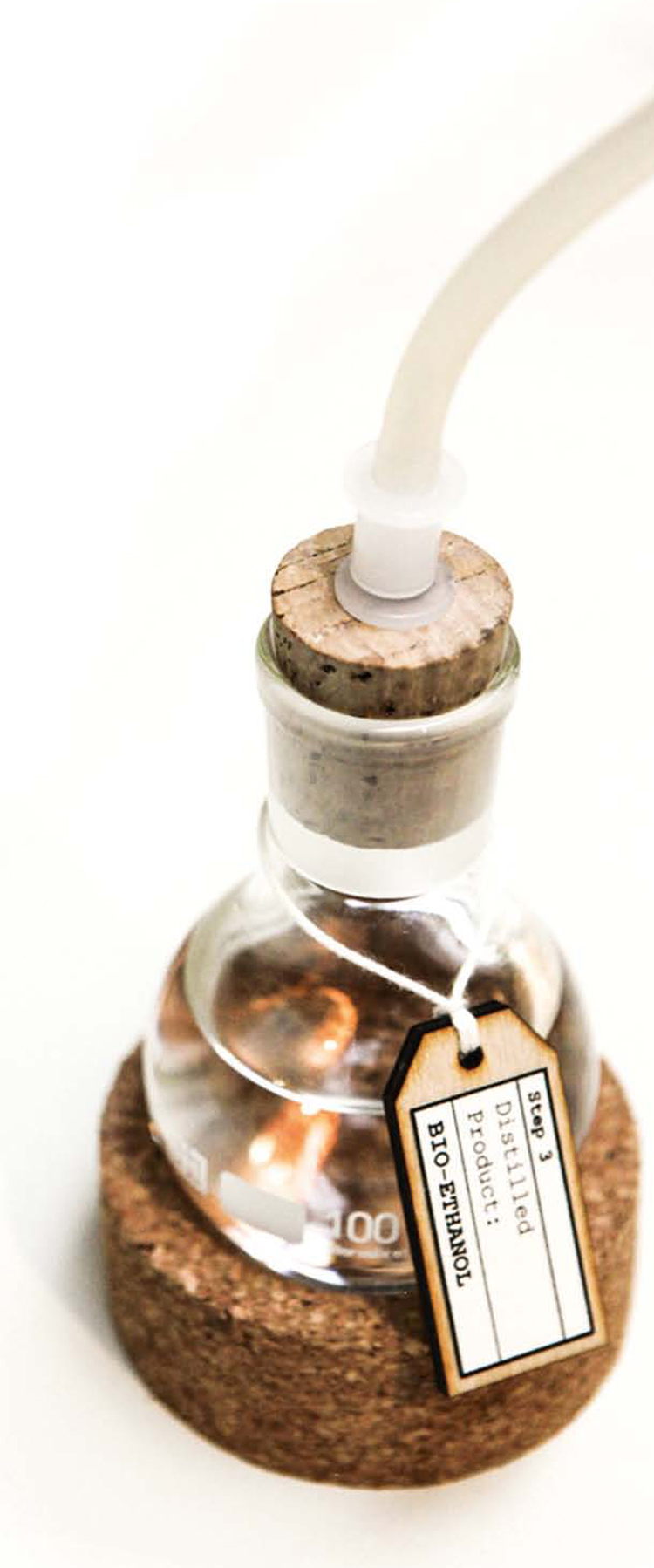 The Industrial Strategy
The Industrial Strategy
The company already owns the licences to use mushrooms for producing quality bioplastic and in the last few months has made some prototypes presented at international events that were met with great success. In the last few months, Grati e Babbini have tried to expand the laboratory in Inarzo, Varese, where some researchers are currently working and where they are laying the foundation to move to pilot scale production. That means achieving a production of at least 100,000 pieces a year with an investment of €500,000, about 15 full-time employees (see box for a description of the products the company intends to produce). The pilot experiment aims at proving that bioplastic can truly be competitive with the traditional one. The next step will be the creation of the first production plant in Italy in its own right manufacturing 1 million pieces a year and an investment between €1 million and 1 million and a half and 35 full-time employees.
“Our aim is to sell patented production processes to agribusiness players generating waste while producing packaging. We have in mind wineries and oil producers who would be able to make green packaging using their own agricultural waste. It is not our intention, therefore, to patent the biomaterial as such: it would be like patenting bread.”
Info
The Blue Economy: 10 years – 100 innovations – 100 million jobs, by Gunter Pauli, Edizioni Ambiente 2014; tinyurl.com/pth8ydv
Officina Corpuscoli, www.corpuscoli.com


